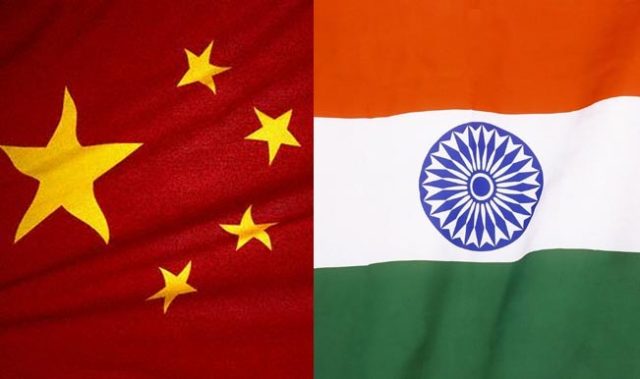For over two decades now, economists, politicians, international fund managers and the ordinary people of India have pitted India against China in the area of ‘development’. In a way, this is not without reason. Both countries gained independence (India from colonial rule, China from monarchy) in the aftermath of World War 2, and were controlled economies for the first thirty or so years after that. In fact, China was a more closed economy than India, and for long periods under Mao Zedong, suffered famine even worse than the conditions in our country.

By 1990, a foreign exchange crisis forced India to open its economy, and the vision of Deng Xiaoping, who succeeded Mao Zedong as chairman of the Communist Party in China, brought economic reforms in China as well.
From then on, it has been interesting to note that both these countries have, in their own way, risen very quickly. While both were predominantly agrarian economies, China has oriented itself towards manufacturing excellence, and India towards more software and knowledge-based services.
And yet, if one were to take stock, the China’s per capita GDP has risen from $ 970 in 1990 to $ 11,850 in 2013. Over the same period, India’s GDP has risen from $ 1,160 to $ 5,350. Impressive, but not nearly as much as China. Further, China’s accumulation of a gigantic trade surplus and foreign exchange reserves has made India’s difficulties on that count (we still run a huge deficit and have a much lower level of reserves) makes this a question that is asked often and loudly – Why does India lag behind China and what can it do to close the gap?
The answer to the first part of the question is a nuanced one.
Firstly, India is a democracy. When it liberalised its economy, it was introducing a dose of Capitalism into a Socialist ethos. Any country, with the exception of the USA, which adopted a capitalist economy on a democratic political system, went through a long period of turmoil and adaptation before achieving a stable level of prosperity. On the other hand, China retained a command structure while opening it’s economy, and brought the advantages of what can be termed as modern slavery to a capitalist system. The ability to simply ‘put people to work by force’ and control both wages and exchange rates gives China an advantage that India cannot (and should not) aspire to.
Secondly, India’s growth has been fuelled by Capital and Skill-intensive industries like software. By implication, availability of Capital and Skill is limited, and stifles the extent of growth in these sectors. China, on the other hand, has established expertise through wage arbitrage in industries that depend on availability of cheap labour, which has been relatively plentiful in a country that had a huge population, the ability to move it quickly and a willingness to use brute force to make it do what the government willed.
So is it possible for India to catch up with China?
By 2030 it is estimated that India’s population will exceed China’s while the latter’s gradually becomes older. This means that India will have continued labour participation for the near future. The important thing, then, is to ensure that as a country, we have the means to accommodate this influx of labour. Even more important is to improve the quality of labour. For a country where the growth drivers are in knowledge-based industry, development of skills is just as important as creating employment.
Also important is infrastructure creation. One of the most important aspects of China’s growth has been the way the country has created a stock of capital goods that made it possible for them to move goods, set up factories and adjust to demand fluctuations. To reach the sort of GDP growth and economic prowess that China has achieved, India would need to invest in infrastructure creation on a massive scale.
However, it is important to not lose sight of India’s core ethos in the race to catch up with China. The best aspects of India – it’s vibrant, noisy democracy, its culture of dissent and discussion, its accommodation of ethnic and religious minorities – should not be jettisoned in an attempt to ape a communist dictatorship, development or not.




























